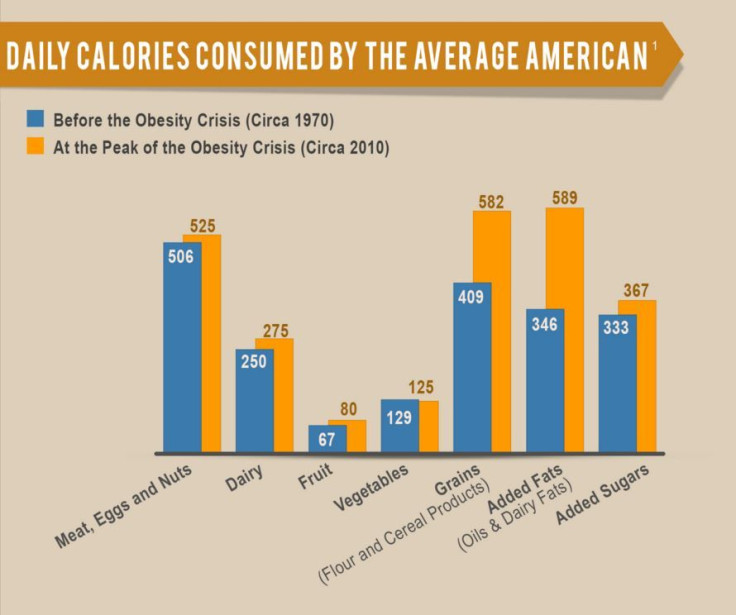Fast Food, Candy, And Soda May Not Be Causing Obesity In America; So What's Really Driving Big Waistlines?

Obesity rates have grown to epidemic heights since the 1970s, with more than one-third of American adults currently considered obese. Researchers from Cornell University’s Food and Brand Lab took a closer look at how diets affect obesity rates in America, and they found fast food, soda, and candy may be scapegoats for a bigger problem. Their findings, published in the journal Obesity Science & Practice, suggest American adults’ weight problems go deeper than just the food they’re eating.
Researchers examined a sample of American adults and found there was no clear link between a high body mass index (BMI) and the participants’ diets. For example, nearly 70 percent of those surveyed were soda drinkers, yet soda wasn’t as big a dietary staple for those who were overweight, obese, or severely obese. Those who were morbidly obese also ate fewer salty snacks than underweight people; however, extremely morbidly obese people did report eating more French fries than people in other weight categories.
The only groups who consumed more junk food on average were those who were underweight and extremely morbidly obese. Aside from those weight class extremes, there was no link between junk food consumption and weight. While these foods can make you overweight, the study emphasizes that they’re not responsible for driving the obesity epidemic in recent decades.
"This means that diets and health campaigns aimed at reducing and preventing obesity may be off track if they hinge on demonizing specific foods," said the study’s co-author David Just, the co-director of Cornell University’s Food and Brand Lab, in a press release. "If we want real change we need to look at the overall diet and physical activity. Narrowly targeting junk foods is not just ineffective, it may be self-defeating as it distracts from the real underlying causes of obesity."

Over the last 40 years, Americans have become accustomed to eating about 544 more calories than necessary on a daily basis. Considering the recommended daily intake is 2,000 calories per day, that’s a considerable amount more than the average person needs. Overeating, coupled with a lack of physical activity, is a recipe for obesity. Among adults, 32 percent report no physical activity at all, according to the American Heart Association. In 2014, rates of physical activity hit the lowest they’ve been in the last six years, marking a downward trend toward a continued lack of exercise among future generations.
So, where are Americans getting all these calories from? The Cornell researchers recommended cutting back on total daily calories from added fats, like cooking oils, dairy, and salad dressing, as well as grains, like flour and cereal products. They said it’s these types of foods that rack up our caloric intake.
Source: Wansink B and Just D. Obesity Science & Practice. 2015.



























